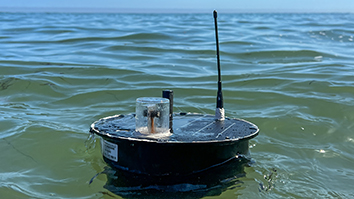Citation
Baker, F. C., Willoughby, A. R., Sassoon, S. A., Colrain, I. M., & de Zambotti, M. (2015). Insomnia in women approaching menopause: Beyond perception. Psychoneuroendocrinology, 60, 96-104. doi: 10.1016/j.psyneuen.2015.06.005
Abstract
The menopausal transition is marked by increased prevalence in disturbed sleep and insomnia, present in 40-60% of women, but evidence for a physiological basis for their sleep complaints is lacking. We aimed to quantify sleep disturbance and the underlying contribution of objective hot flashes in 72 women (age range: 43-57 years) who had (38 women), compared to those who had not (34 women), developed clinical insomnia in association with the menopausal transition. Sleep quality was assessed with two weeks of sleep diaries and one laboratory polysomnographic (PSG) recording. In multiple regression models controlling for menopausal transition stage, menstrual cycle phase, depression symptoms, and presence of objective hot flashes, a diagnosis of insomnia predicted PSG-measured total sleep time (p<0.01), sleep efficiency (p=0.01) and wakefulness after sleep onset (WASO) (p=0.01). Women with insomnia had, on average, 43.5min less PSG-measured sleep time (p<0.001). There was little evidence of cortical EEG hyperarousal in insomniacs apart from elevated beta EEG power during REM sleep. Estradiol and follicle stimulating hormone levels were unrelated to beta EEG power but were associated with the frequency of hot flashes. Insomniacs were more likely to have physiological hot flashes, and the presence of hot flashes predicted the number of PSG-awakenings per hour of sleep (p=0.03). From diaries, women with insomnia reported more WASO (p=0.002), more night-to-night variability in WASO (p<0.002) and more hot flashes (p=0.012) compared with controls. Women who develop insomnia in the approach to menopause have a measurable sleep deficit, with almost 50% of the sample having less than 6h of sleep. Compromised sleep that develops in the context of the menopausal transition should be addressed, taking into account unique aspects of menopause like hot flashes, to avoid the known negative health consequences associated with insufficient sleep and insomnia in midlife women.


